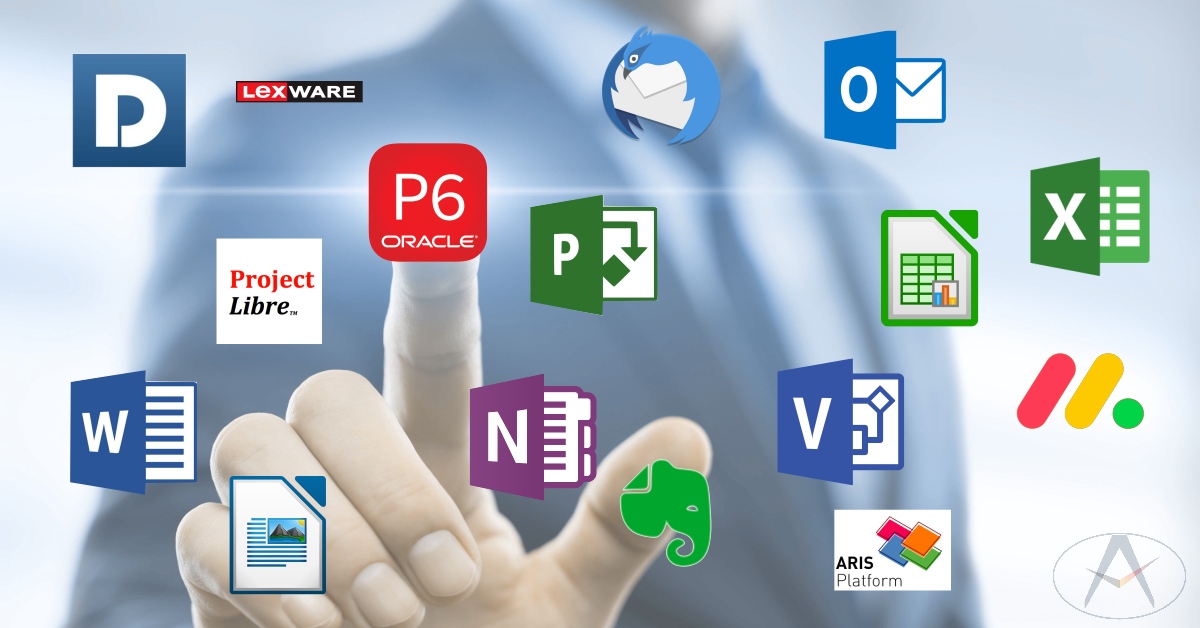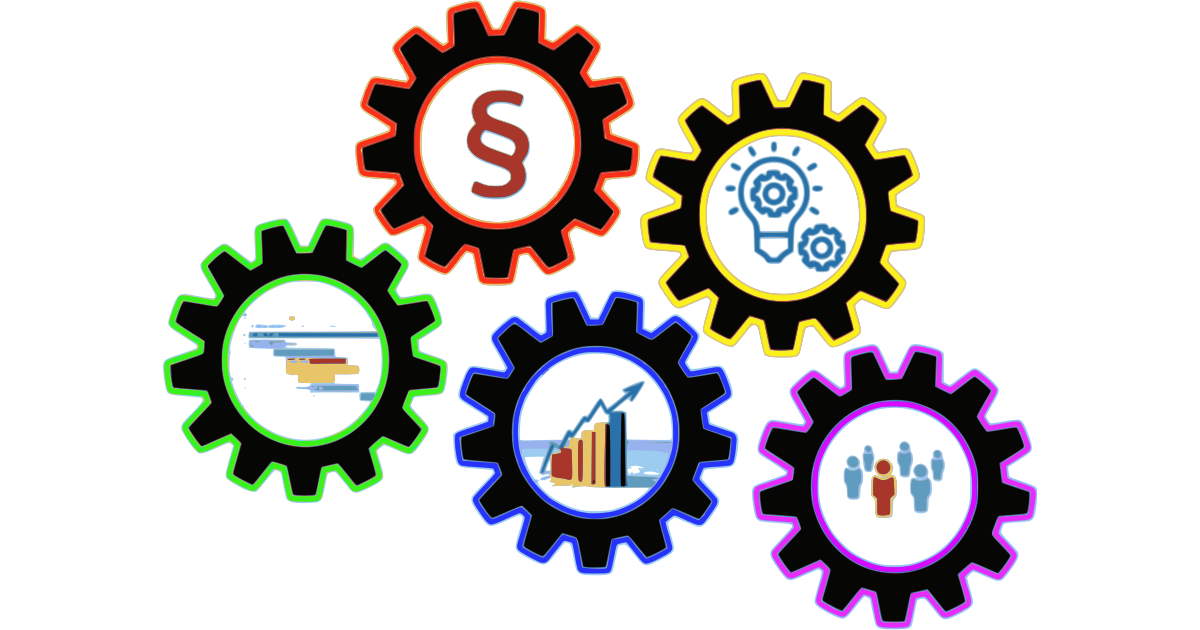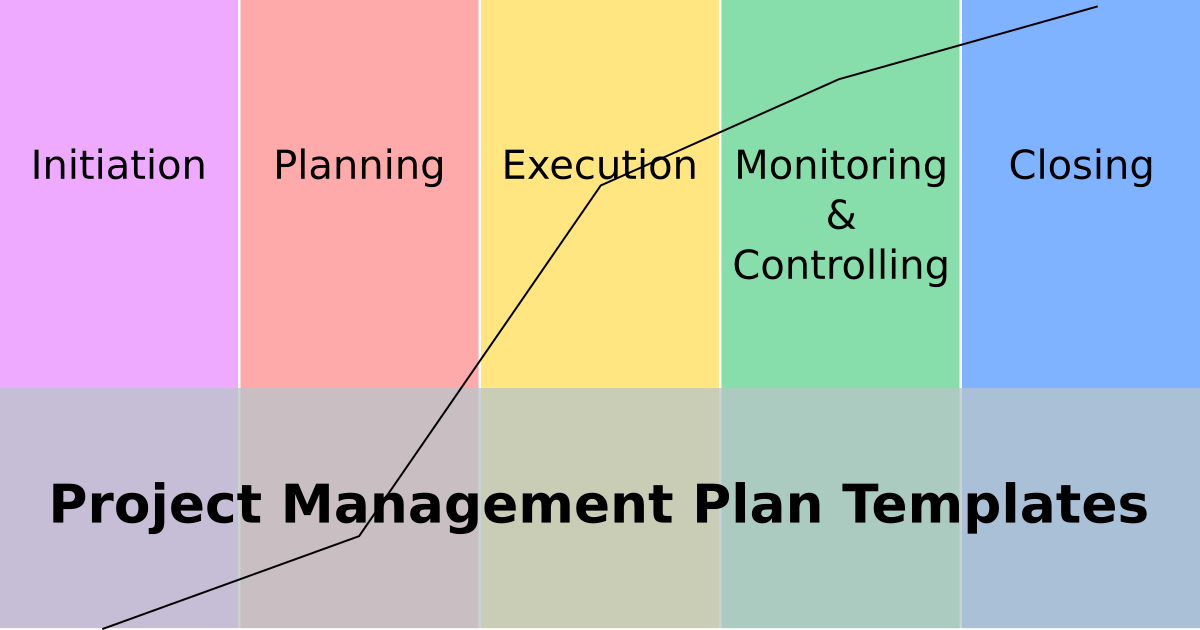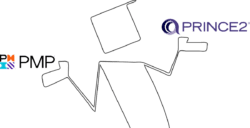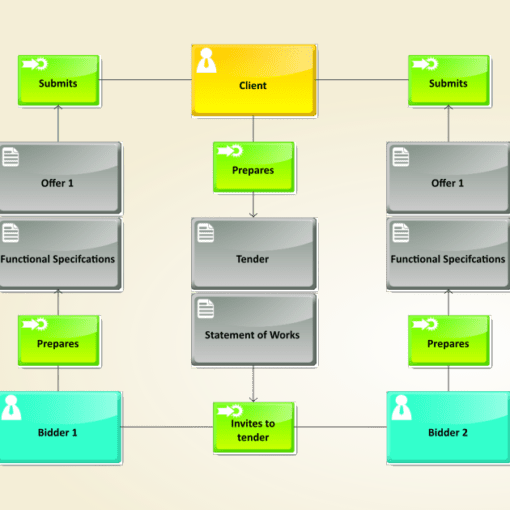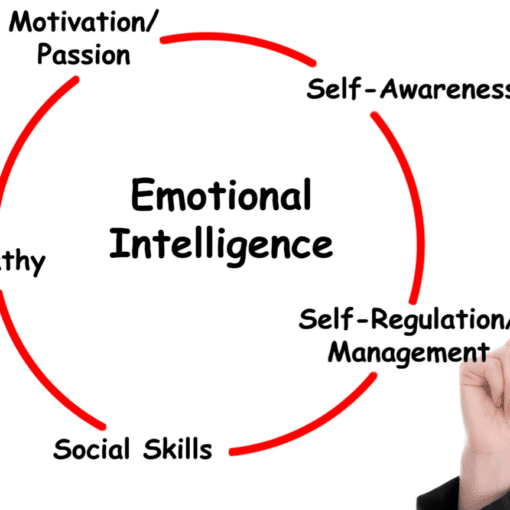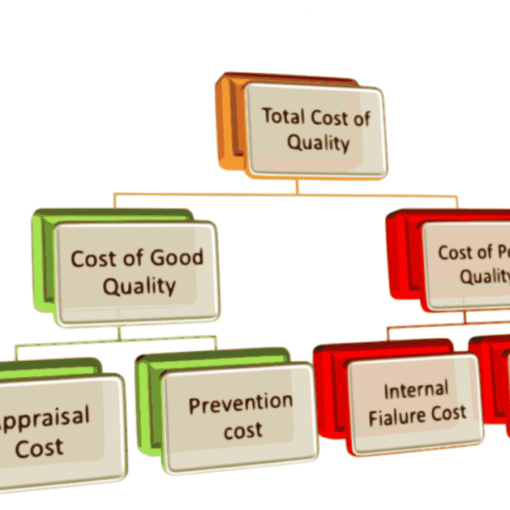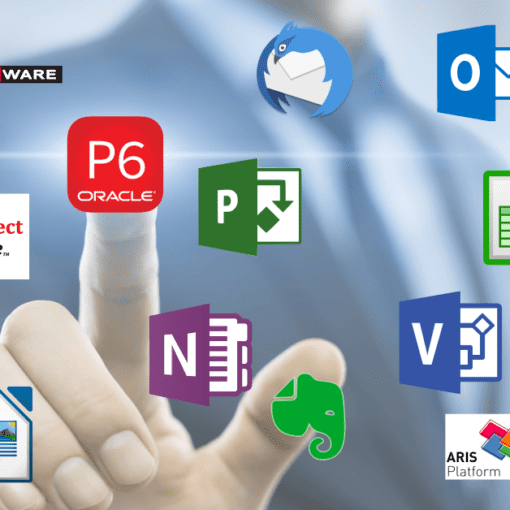Choosing the right project management methods is the foundation of every successful project. Project managers have a broad portfolio of tried and tested project management methods to choose from. In particular, agile methods such as Scrum and Kanban have now become absolute trend strategies.
But be careful: one-for-all does not apply in project management! Every project has individual characteristics, requirements, and risks that you should consider when choosing the right project management method. To make this possible, I have put together an overview of 6 popular project management methods for you.
Read in this Article about Different Project Management Methods
More structure and Less Risk
Projects aim to achieve a specific, unique goal, such as building new structures, designing new software, hosting an event, and the like. This must be achieved within a certain period without breaking the given framework of human, monetary, and time resources. If project managers approach this undertaking unprepared and unorganized, the project will likely fail.
The more complex the project, the higher the external risk factors, and the more employees involved in the project, the more important it is to approach the project in a structured and systematic manner.
Find the "right one"
Sure, a project management method that is a one-size-fits-all solution for all project types is desirable. Unfortunately, it doesn’t exist. When carrying out different projects for the first time, you should always weigh up which project management method is appropriate. You should consider the following factors in your decision:
- Strategic target orientation and company values
- Key business factors (e.g. pricing strategies)
- Stakeholders
- Project Risks
- Project size
- Resources (availability)
- Project complexity
Would you like to optimize your project management? Then take a look at the maturity model OPM3. This internationally recognized standard was developed by the non-profit organization Project Management Institute and offers companies the opportunity to evaluate the quality of their project work and to set up improvement measures.
Project Management Methods in Comparison
Agile? Lean? Waterfall? Project managers are spoiled for choice. The following project management methods have already been established in practice. You need to decide which method suits your principles and processes.
1. Waterfall Method
The waterfall method is a classic project management method. It runs step by step - like a waterfall - in these phases:
- Initiation
- Planning
- Implementation,
- Monitoring and control
- Completion of the project
All tasks of the project are processed according to the fixed order of the waterfall project management method. New tasks will not begin until the previous ones have been completed.
As part of the waterfall project management method, the project manager plans precisely the required use of resources and aligns the entire planning of the project management process accordingly. In contrast to agile project management methods, there are no feedback processes within the individual project steps. The waterfall project management method tolerates only a minimal deviation from the resource planning drawn up in advance.
What is this project management method suitable for?
The waterfall project management method is particularly suitable for projects whose tasks are interdependent. Projects that run according to this method should not be extensive and of short duration or contain repetitive tasks that are already known to those involved. The waterfall project management method is well suited, for example, for projects in production that primarily involve sequential processes.
When implementing step-by-step project management methods, errors often only show up at the end of a project. Therefore, the waterfall project management method is not very suitable for projects with many unpredictable factors.
2. Agile Project Management
This methodology was originally designed in 2001 by 13 industry giants as part of the agile manifesto for software development. In the meantime, the agile method has proven itself as a project management method. Agile project management questions the processes, tasks, and role allocation of classic approaches and replaces them with a more flexible, future-oriented principle. The focus is on optimizing customer benefit.
The core principle of agile methods is based on 12 guidelines and includes the following pillars:
Direct and open communication
Agile project management methods are based on short, direct communication channels. If all team members are up to date, change requests can be responded to immediately and comprehensively.
Implementation cycles that enable short-term changes:
To optimize customer benefits, it must be possible to respond to short-term change requests. Instead of providing the customer with a complete package that they may not be satisfied with, agile project management enables regular feedback processes and constant product improvement - even during the implementation process.
Flat hierarchies
Agile work can only be done in a familiar team atmosphere. Strict hierarchy prevents quick and flexible reactions to change requests. In agile teams, each member acts on their responsibility. Agile managers must therefore be able to delegate tasks and responsibilities and have confidence in their employees.
Direct and open communication
Agile project management methods are based on short, direct communication channels. If all team members are on the same level of knowledge, change requests can be responded to immediately and comprehensively.
What is this project management method suitable for?
Agile project management methods can be used flexibly. They are therefore ideally suited for large, complex projects whose requirements are unpredictable and which can involve high risks. Aligned with the principles of the agile manifesto, various agile implementation methods such as Scrum and Kanban were developed. However, since they have also developed their structures, roles, and terminology, they are treated as independent project management methods in the following.
3. Kanban
Kanban is based on regular feedback loops and teams that work independently. This project management method was originally developed by Toyota in Japan in the 1950s. The Kanban project management method aims to optimally control each stage of a project to achieve faster throughput times.
The core principle of Kanban is functioning teamwork. Short but daily stand-up meetings are useful, in which all team members can exchange information about progress, successes, problems, and the next steps in the project.
The Kanban method visualizes project processes with the help of Kanban boards. You can create Kanban boards both physically and digitally.
In the classic model, tasks that are not yet being processed are classified as to-dos in the left-hand column of the board.
Start working on a task, move it to the middle column of the board and mark it as Doing. The Kanban method allows all team members to decide in which order the tasks are to be processed.
If a task can be regarded as completed, it is moved to the right column of the Kanban board and marked as Done.
Make sure you only work on a limited number of tasks at the same time. When implementing Kanban in project management, tasks must be consistently prioritized. This keeps your processes clear.
If a so-called bottleneck forms, your Kanban board has a large number of Kanban cards in the To-Do or Doing column. This is where you have to intervene and analyze the problem.
What is this project management method suitable for?
Originally developed by Toyota in production and transferred to software development by David Anderson in 2007, thanks to its transparent structures and high flexibility, Kanban can be used to carry out any project that benefits from continuous improvements and feedback processes already during project implementation.
4. Scrum
Scrum is also assigned to the agile methods but stands out due to its own fixed rules, roles, and processes. This project management method is based on the belief that large projects are too complex for you to plan precisely in advance. Most of the possible risks and requirements are therefore still unclear at the beginning of the project. The preparation and discussion of interim results are intended to counteract this fact.
At the beginning of the project, Scrum defines a long-term plan (product backlog). Unlike classic waterfall methods, this plan is regularly adapted and optimized during the implementation of the project. Tasks and actions belonging to the project are implemented in repetitive processes (sprints). Every sprint aims to be able to present a functioning intermediate product.
So that Scrum teams can implement this, all project participants come together at the beginning of the day in Daily Scrums to discuss tasks, problems, and progress. The Scrum project management method defines the following roles within a team:
Product owner
Product expert who represents the stakeholders of the project and represents the opinion and requirements of the customer.
Developer team
The project team (e.g. developers and designers) that is involved in the implementation of the project and takes on tasks.
Scrum Master
Provides and supports the development team and is responsible for ensuring that the Scrum method is implemented correctly. He also mediates between the development team and the product owner. But be careful: The Scrum Master does not take on a classic boss role. So it does not determine who has to do which task.
What is this project management method suitable for?
The Scrum project management method supports large, complex projects whose character is difficult to define in advance and which therefore require a flexible project management method. Teams that consist of fewer than seven people in particular benefit from Scrum.
5. Lean Project Management
Lean, i.e. lean project management, should create value without waste. Customer benefits and process efficiency are optimized without wasting resources. The Lean Project Management method distinguishes between three different types of waste of resources:
Muda is activities or processes that add no value. Lean identifies possible waste of resources in 7 processes:
- Transportation
- Stocks
- Movement (of the employee)
- Waiting times
- Overproduction
- Incorrect use of technology or poor manufacturing process
- Scrap and, if necessary, rework
Mura refers to losses caused by unbalanced processes. If the individual process steps are not coordinated with one another, deviations, irregularities, and malfunctions arise.
Muri means an unbalanced load on employees and machines. According to the Lean principle, processes should neither run too quickly nor too slowly. Ideally, Lean reduces monotonous activities without overburdening employees and overloading machines.
What is this project management method suitable for?
Since lean management is much more of a project management philosophy than a pure tool, this project management method is suitable for any company that is interested in changing its project management values to save costs and other resources in the long term.
Important prerequisites for a comprehensive implementation of the lean project management method are:
- Breaking up traditional thought structures and work processes
- Possibility to design projects and processes flexibly
- Strong team culture
- Support for the entire management level
- Firm anchoring of the company value "customer proximity"
6. Six Sigma
The Six Sigma method was developed by Motorola in the USA in 1987. Six Sigma is based on the assumption that it is possible to represent every business process as a mathematical function. The description, measurement, analysis, control, and optimization of these processes are carried out with statistical means.
The main tool of this project management method is the DMAIC cycle. DMAIC should make business processes measurable and optimize them. The following actions determine the DMAIC cycle:
- Define
Identification and documentation of the problem in the process to be improved. What is the target state like? - Measure
To what extent does the process meet the requirements? - Analyze
Identification of the causes of the problem - Improve
Fix the problem - Control
Ensure the sustainability of the problem solution by monitoring the new process with statistical methods
The management of Six Sigma projects is subject to specially trained employees. The role designations in Six Sigma teams are based on the belt colors in Japanese martial arts, which act as rank indicators. For example, there is the Master Black Belt (coach and trainer) or the Black Belt (project manager). A comprehensive explanation of all team roles in this project management method can be found here.
What is this project management method suitable for?
The Six Sigma method is particularly popular in large companies. This project management method is popular in the manufacturing industry and the service sector. Variants of the Six Sigma method have also established themselves in software development and the financial industry. Six Sigma is ideal for projects with clearly measurable results and duration between three and six months.
Please leave a comment below or contact me for more.

